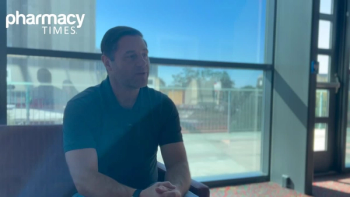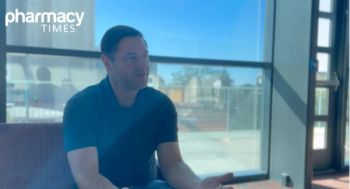
Safer Gene Therapy Approach May Lower Cancer Risk
A modified retrovirus may hold the key to successful gene therapy for patients with a serious immune system disorder.
Scientists recently created a novel gene therapy approach that decreases the creation of cancer cells, which can be an unintended consequence of the standard treatment for an immune system disorder.
In a study published by Scientific Reports, researchers modified the way in which a virus carries a gene to its target. The investigators believe that this delivery method could potentially be used to reduce the risk of cancer, and could potentially treat blood disorders.
The scientists are working to create a stem cell gene therapy for patients with SCID-X1, which is a serious immune system disorder that primarily affects males. This disease has been associated with changes in the IL2RG gene, which provides the necessary instructions for making lymphocytes, a protein needed for normal immune system function, according to the
These patients are prone to infections, since their immune systems are unable to fight off many pathogens. Newborns with SCID-X1 can develop chronic diarrhea, thrush, skin rashes, and can experience slower development. These patients will likely not survive past infancy without proper treatment.
Another recent study used gene therapy to treat 20 patients with SCID-X1, with 17 treatments deemed successful. However, 5 of those patients developed leukemia post treatment. Those findings highlight the need to create a safer therapy.
In the current study, scientists used a vector that was created from a foamy retrovirus. This particular retrovirus does not typically infect humans, and is also less prone to activate genes in the surrounding area, which may include cancer-causing genes.
Retroviruses are a beneficial choice for this treatment, since they are able to insert their own genes into the host’s genome, according to the study.
The scientists changed the way in which the retrovirus interacts with a stem cell, in order to make it safer. The altered retrovirus would then insert itself into a safer part of the genome, compared with unaltered retroviruses.
The researchers discovered that the altered retrovirus inserted itself less often near genes that could potentially cause cancer. This new method would likely offer patients the benefits of gene therapy without increasing their risk of developing cancer, the study concluded.
“Our goal is to develop a safe and effective therapy for SCID-X1 patients and their families,” said lead scientist Grant Trobridge, PhD. “We’ve started to translate this in collaboration with other scientists and medical doctors into the clinic.”
Newsletter
Stay informed on drug updates, treatment guidelines, and pharmacy practice trends—subscribe to Pharmacy Times for weekly clinical insights.





















































































































































































































